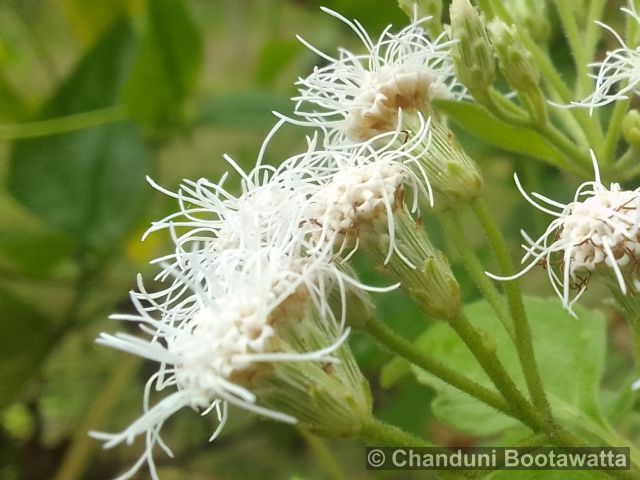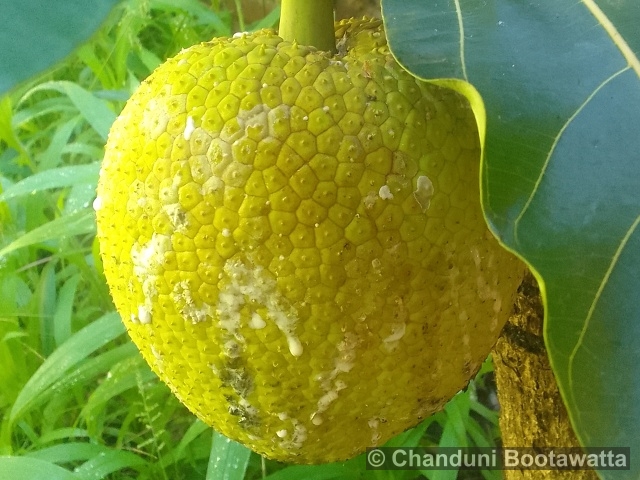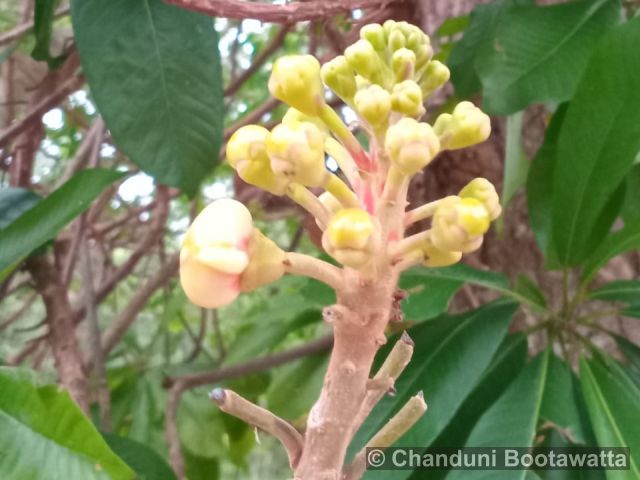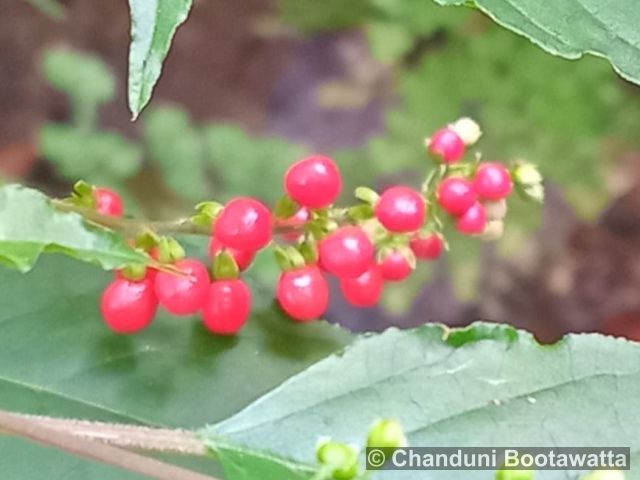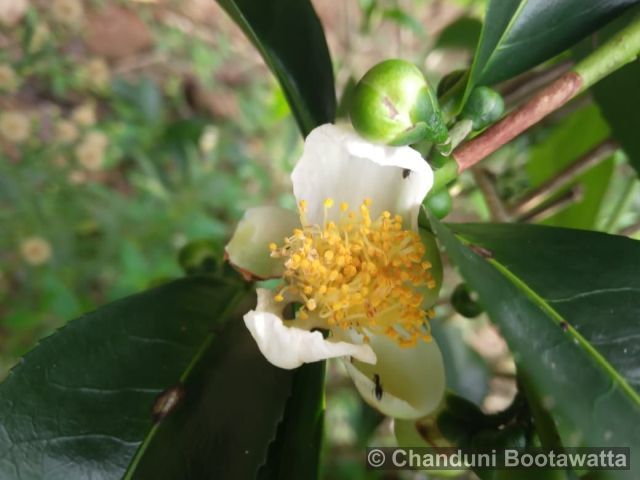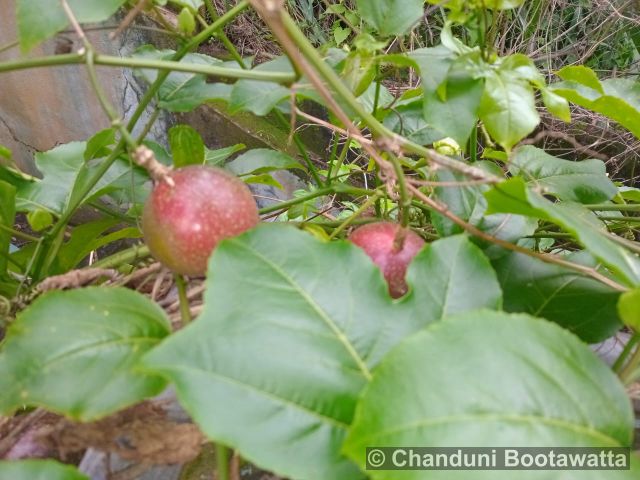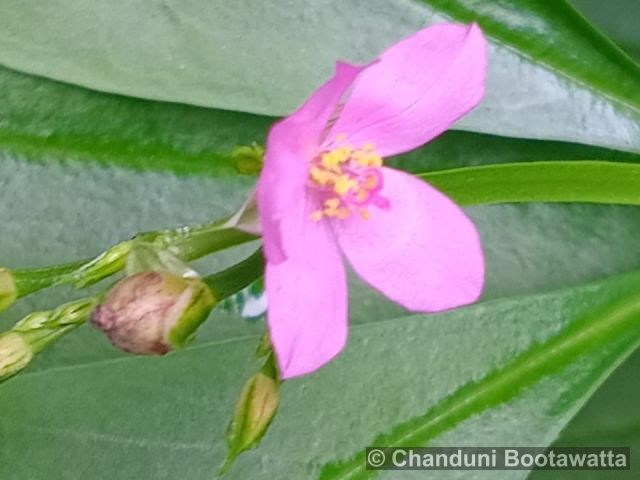Tento příspěvek byl přečten386krát!
Remiga, Merigu, Giant Milkweed, Ivory Plant, Swallow-wort
Syn.: Asclepias gigantea L.; Madorius giganteus (L.) Kuntze; Periploca cochinchinensis Lour.; Streptocaulon cochinchinense (Lour.) G. Don
Family: Apocynaceae
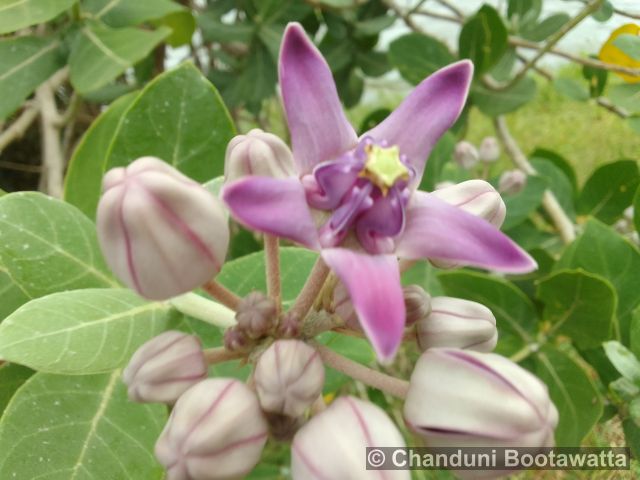
Description: Is a robust, evergreen shrub and leaves are large, oval, and covered with a soft, velvety, or waxy texture, giving them a distinctive appearance. The stems are thick and fleshy, with a milky latex that exudes when cut. The plant produces clusters of large, star-shaped flowers that are typically pale lavender to white, with a slightly waxy texture. The buds are spherical and develop into the characteristic flower clusters. The fruit of Calotropis gigantea is a large, inflated, ovoid pod that contains numerous seeds, each attached to silky, white, fibrous hairs that aid in wind dispersal.
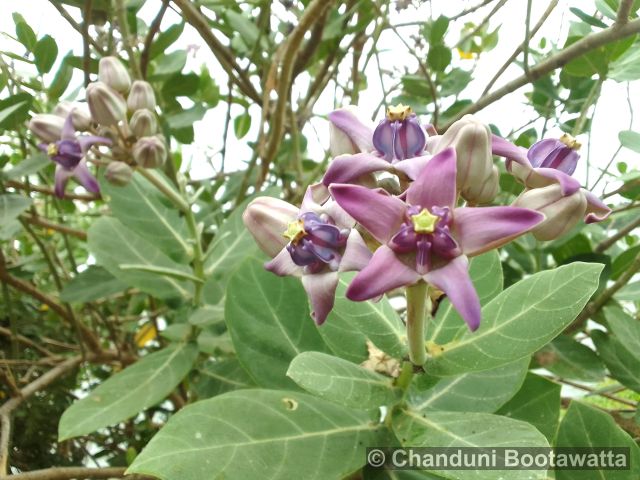
Substitutions: Calotropis procera – Often referred to as the apple of Sodom, this species is closely related to Calotropis gigantea. It has similar large, waxy leaves and milky latex, but with slightly smaller flowers that are typically white or pale purple. – Calotropis gigantea ‚Alba‘ – Known for its pure white flowers, this variety offers a more pristine and elegant appearance compared to the standard form.
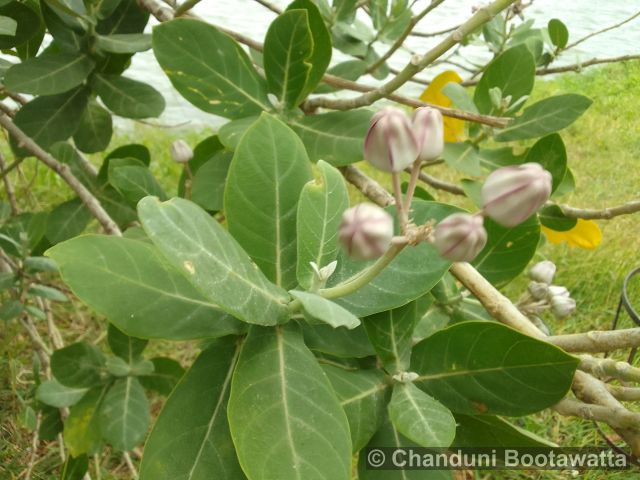
Ecology: Thrives in well-draining sandy or loamy soils, often tolerating poor and saline conditions. It prefers warm temperatures ranging from 70-95°F (21-35°C) and can endure high heat. This plant is drought-tolerant and grows well in low to moderate humidity levels, making it suitable for arid and semi-arid regions. It requires full sun to partial shade for optimal growth, ensuring it receives plenty of light throughout the day.
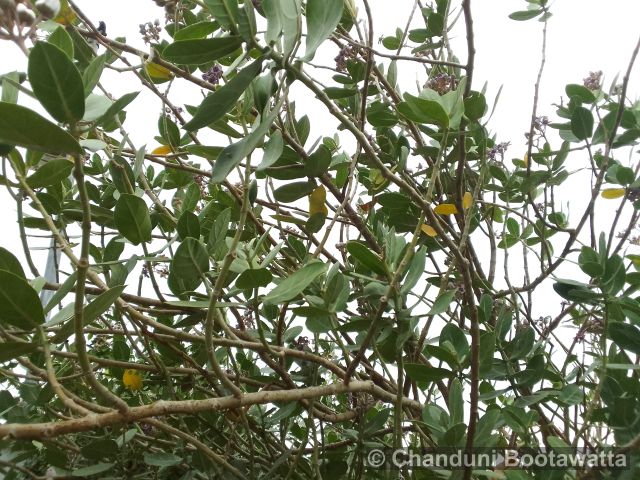
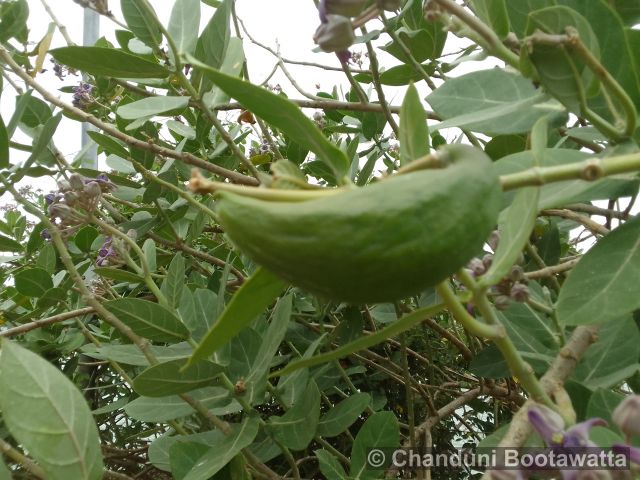
General Distribution: Widely distributed across tropical and subtropical regions of Africa, Asia, and the Indian subcontinent, and it has also been introduced to parts of the Americas and the Caribbean.
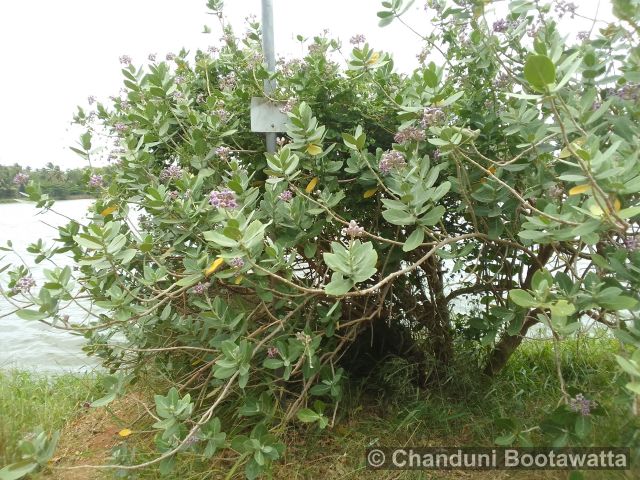
Use: Used in traditional medicine for its potential in treating various ailments like skin conditions, asthma, and arthritis. Additionally, its fibers are used in making ropes and mats, while its latex has been employed in the production of natural rubber and other applications.
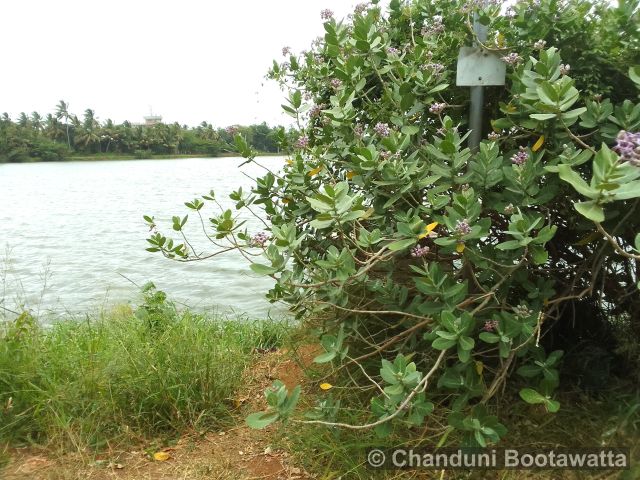
Author of text and photos: Chanduni Bootawatta.
Photographed in Anuradhapura, Sri Lanka on 13/07/2024.



 Poslat emailem
Poslat emailem